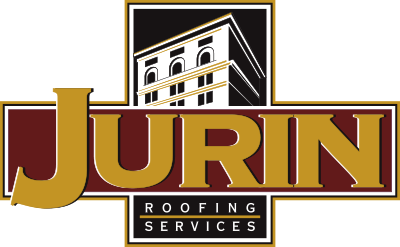I’m sure I don’t need to tell you about the supply chain issues that continue to plague the construction industry or that soaring inflation continues to significantly affect the cost of essential construction materials. According to the Producer Price Index for Construction Materials, the index has increased from 234.6 in February 2020 to 353.90 in May of 2022. This is an increase of 50.9%. This is the steepest increase in construction material costs since January of 1947 when the data first began being recorded.
What I can do, however, is try and give you more information on its affects along with some tips on how to better navigate the choppy waters of supply chain disruptions and rising construction materials costs. After being in the construction industry for over 30 years and riding out past storms, I’m hoping my experience will be of benefit to others facing similar challenges.

So, the first thing we need to talk about it how these issues impact you, the building owner, directly.
Increases in Project Costs
Delays in Project Start Times

Discuss Alternate Solutions with Your Contractor
Make Maintenance and Restoration a Priority
Leverage Technology
We all leverage technology in our daily lives to enhance our abilities. The same goes for building management. When someone looks at a roof system, they are not capable of seeing where moisture may have penetrated the roof system in all areas. Technology such as infrared cameras gives the ability to see additional details and help narrow their focus to key critical areas. By utilizing technology, small problems can be identified before they become larger, and more expensive, issues.

Value Engineering Solutions
Ever heard of Lawrence Miles? Well, he was responsible for the purchasing of raw materials for General Electric during World War II, another time in history when the country was facing extreme material shortages. This left him searching for alternative materials that would function the same way.
He discovered along the way not only were some substitutes cost-effective, but also worked better in the end. This is the origin story for what is commonly known today as “Value Engineering.” Understanding options as well as pricing and material availability is an important aspect of delivering a solution on a timely basis within a budget that works for the building owner. As we discussed earlier, you may need to find alternate solutions for your current problems.
Plan Ahead
There comes a point where maintenance does not extend the life cycle of the asset and can no longer be maintained. However, asset life cycle can be accurately projected in advance. Working with a professional who can accurately project the REUL (remaining estimated use life) of a particular asset can assist a building owner in effectively planning for a major expenditure. The further in advance a building owner can plan, the more control the owner may have over pricing and availability of key materials.
An economic recession coupled with unprecedented supply chain disruptions and inflation make it vital that building owners and managers find solutions to maintain their existing assets. If you can adopt an approach of extending the life cycle of your key assets while staying ahead of trends and forecasts, you can give yourself more time to plan future building improvements.






